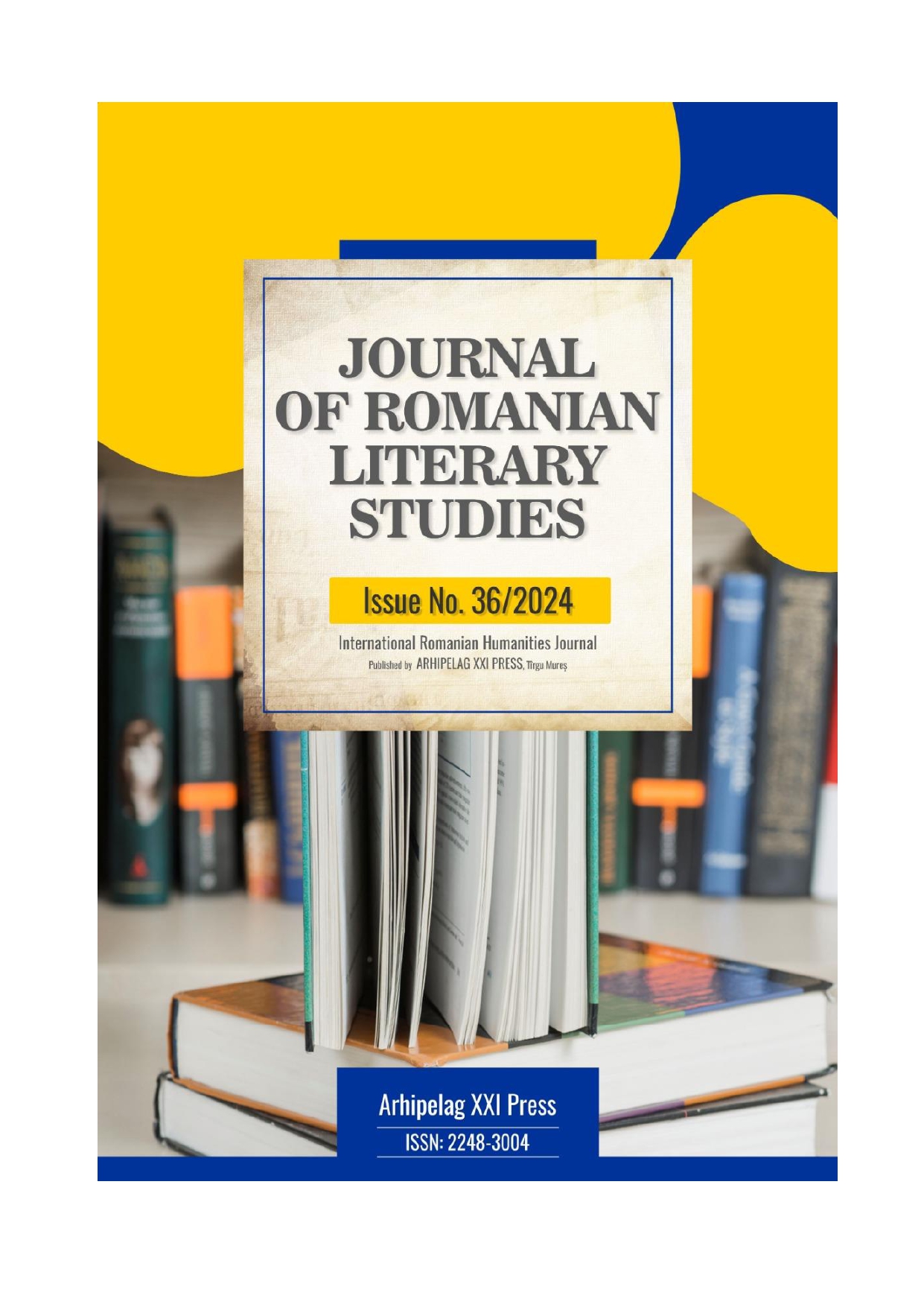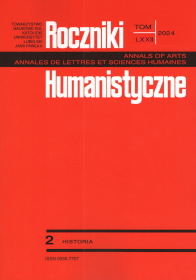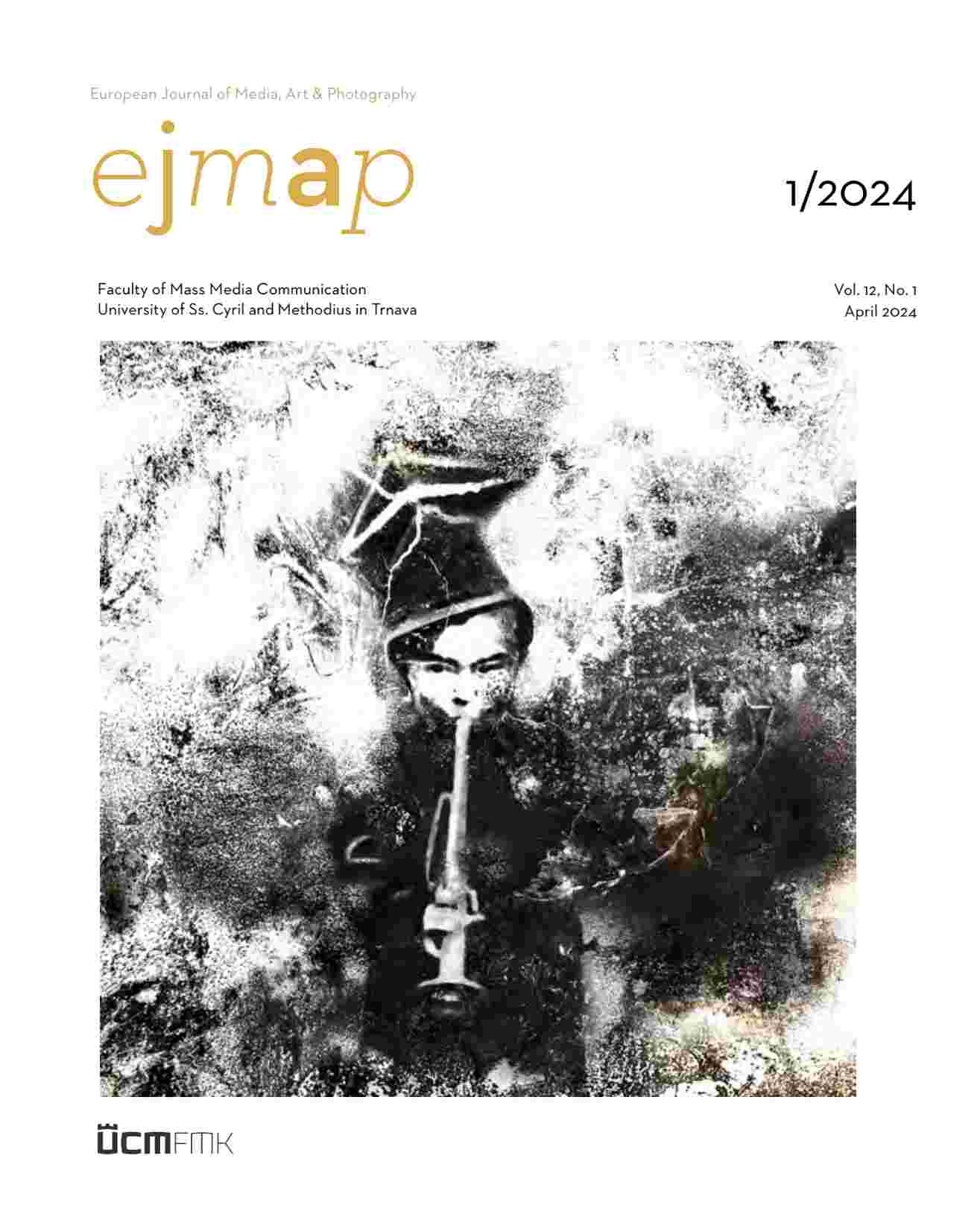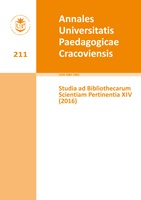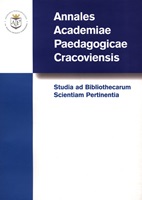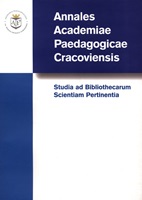Serghei Crețu și muzica neo-tradițională: traseul de creație în perioada sovietică
The study „Sergei Cretu and neo-traditional music: the creative path in the Soviet period” sketches a brief portrait of the artist, highlighting the important biographical data on specialized studies, the context of professional evolution in the Soviet period of the 1960s-1980s, marked by the so-called „new wave of folklore”. Special emphasis is placed on the refl ection of his activity as a dulcimer player, arranger and composer in the Popular Stage Orchestra and in the „Folclor” Orchestra of the Moldovan Republican Television and Radio Broadcasting Company. Th e main compartments and aesthetic directions in the his interpretive and compositional creation, the structure of the genres and styles, including the place, the sources and the social motivations of the works of Soviet ideological inspiration and instrumentalization are also highlighted. Th e study capitalizes on documents, data and information from the Archive of the „Teleradio-Moldova” Company, materials from the press of the time, audio and video sources as well as a series of concepts from modern specialty literature, able to promote the interpretation and analysis of cultural facts.
More...
